Have you ever wondered how Israel remains safe in spite of its hostile neighbors? The Iron Dome is the answer! Uncover the technology behind this security shield and learn how it works.
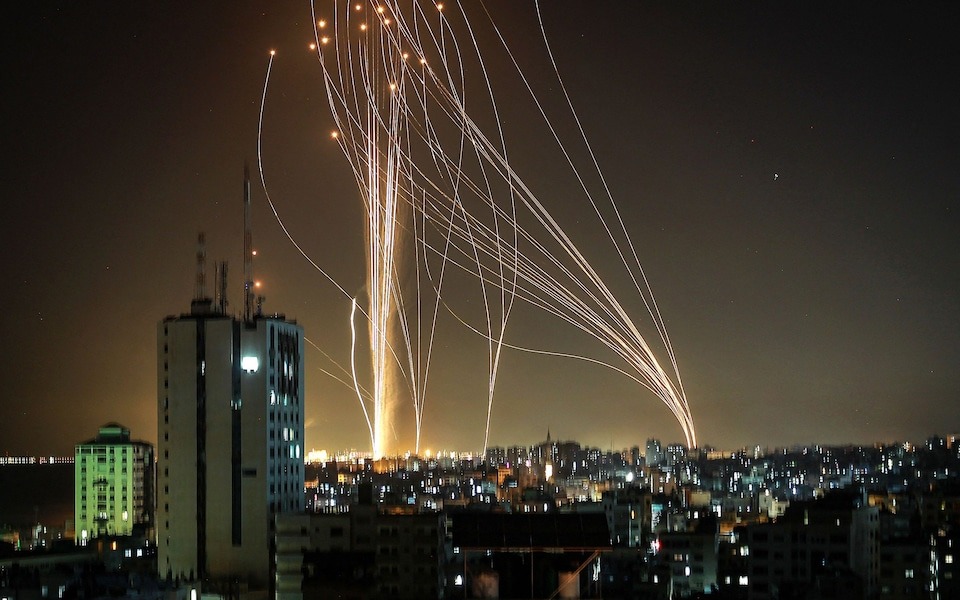
What is an Iron Dome?
In short, Iron Dome is a movable air defense system of Israel. It can counterattack rockets projectiles, enemy aircraft, enemy helicopters, short-range artillery, mortars, and UAVs (Unmanned Aerial Vehicles). It is adaptable to any weather condition and is considered one of the best in air defense technologies. I know that I am sounding like a missile salesperson.
Iron Dome’s success rate is around 90 percent. Then, why did India decline to purchase the Iron Dome, despite its effectiveness? To answer this question, you need to understand the Iron Dome’s working mechanism.
Who invented Iron Dome?
It was started by Rafael Advanced Defense Systems and Israel Aerospace Industries. Now, don’t get confused by France’s Dassault Rafale jet. The Dassault Rafale jet was created by Dassault Aviation of France. While the Iron Dome is manufactured by Israel’s Rafael Advanced Defense System, it was first used in 2011. After its first use, it was attacked 6 days later, and it neutralized all attacks on it. That’s why it is considered one of the world’s best defense systems.
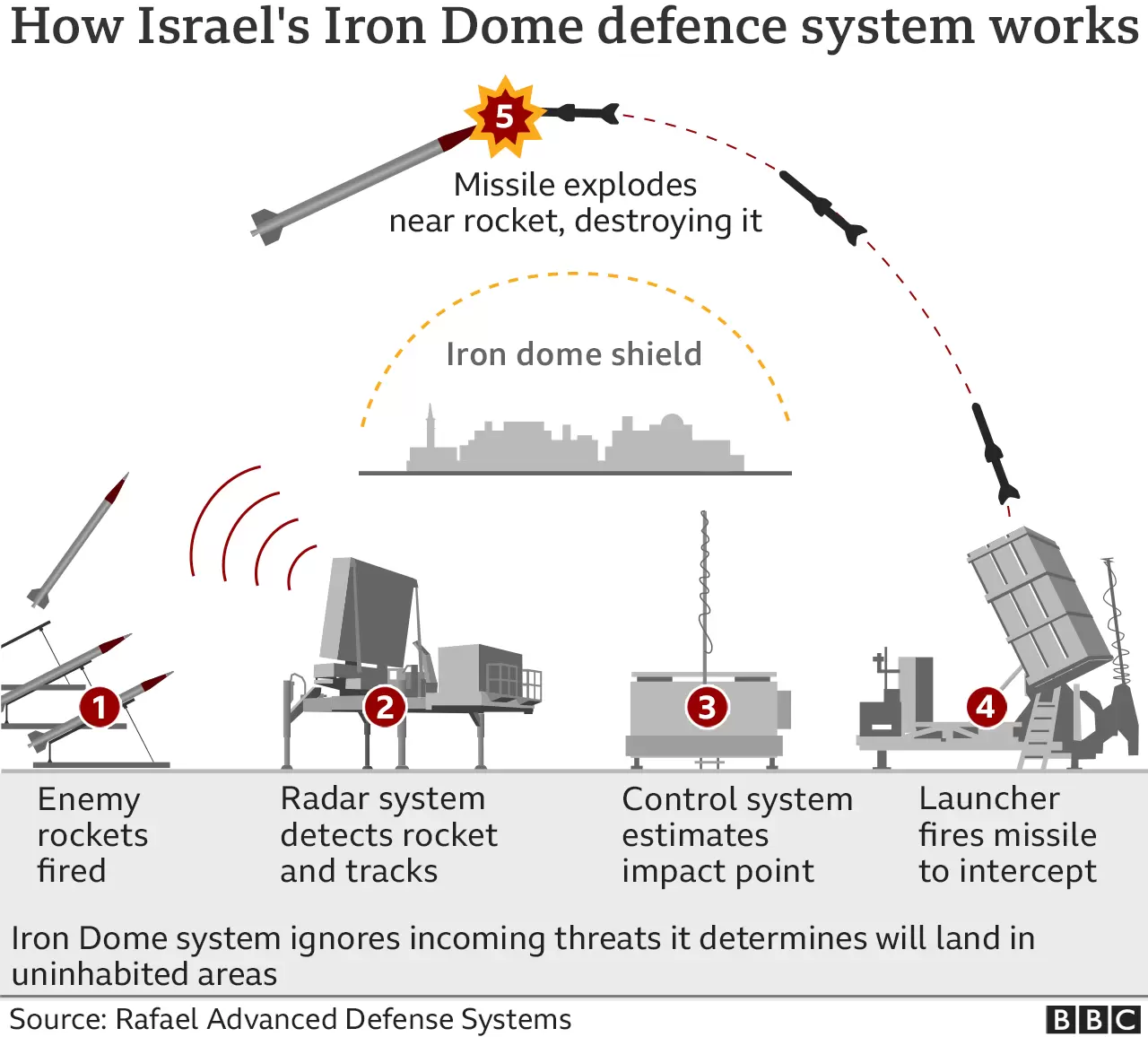
How does it work?
Let’s take a look at its working mechanism.
It has three components:
- first, radar to track down incoming missiles.
- second, Battle Management and Control system (BMC) detects rocket speed and where it will fall.
- Third, the firing unit (launcher) that shoots missiles.
In the event of an incoming missile, a coordinated and efficient defense system works together to neutralize the threat. The system is easily transportable using vehicles and can be set up at any location. Gaza and Hamas often launch Qassam rockets at Israel with the intention of causing harm. These rockets are unguided, and they may sometimes fall in Gaza or in Hamas’ own territory. To ensure that Israel is affected, they often fire thousands of rockets at a time. Now the question is, “How does the Iron Dome encounter so many rockets at the same time?”
When the radar system detects an incoming rocket, it sends a signal to the control system. Control systems are managed both manually and automatically. The control system then decides whether the rocket is headed towards a protected or non-protected area. Many areas of Israel have rocky landscapes, making them inhospitable for human habitation. If the rocket is headed towards a populated area, the launcher is immediately activated and fires missiles to intercept the incoming rocket. Thanks to this sophisticated system, the citizens of Israel are kept safe from enemy attacks. Sirens warn people in risky areas of incoming enemy rockets, giving them time to reach protected areas.
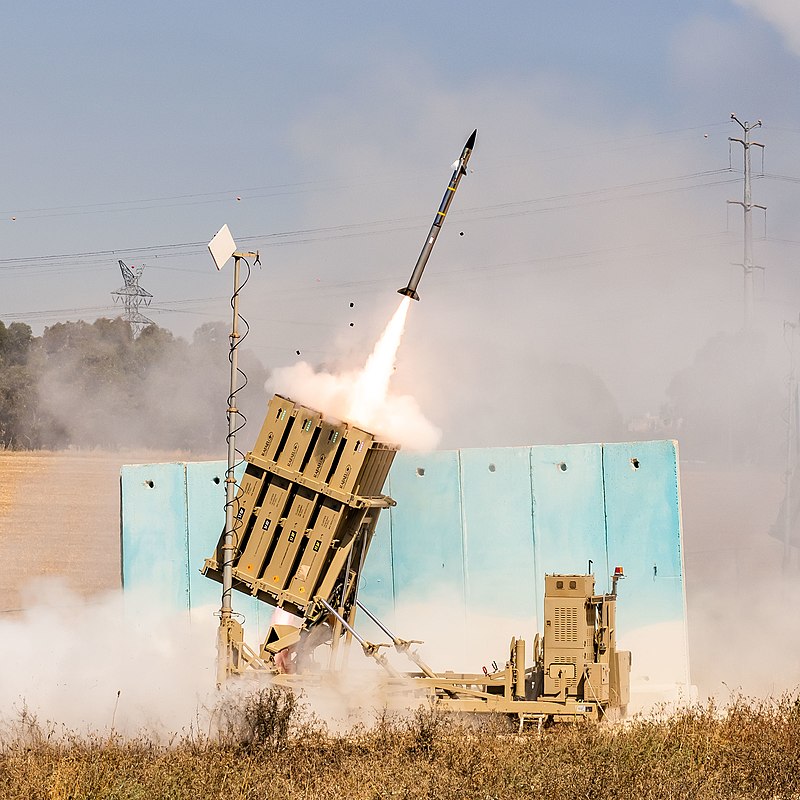
Why does Israel need Iron Dome?
During the Lebanon War in 2006, Israel was hit by over 4000 rockets fired by Hezbollah and Hamas, resulting in an estimated 800-3500 casualties and the displacement of 2.5 lacs people. In response, Israel developed an air defense system.
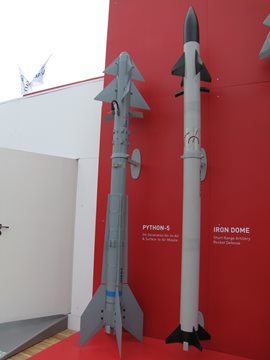
The Iron Dome is equipped with 4×5 missiles per battery. It has 20 missiles per battery. All are equipped with Tamir missiles, which are managed by ground radar because Tamir missiles don’t have their own radar.
The missile’s front warhead uses an electrical optical wave that is undetectable to the naked eye. If an enemy rocket or missile crosses this wave then it will get detected, and both the missile and the enemy missile will be destroyed. This wave can detect enemy missiles up to 10 meters away. Many people have the misconception that missiles shoot directly into each other or have a head-on collision, but that is not the case. The electrical optical wave is controlled by a proximity fuse. Interceptor missiles self-destruct, destroying enemy missiles in the process. So, if you were hoping to get to Israel without a passport by sitting on one of these enemy rockets, I’m afraid you’re out of luck.
Disadvantages of Tamir Missiles
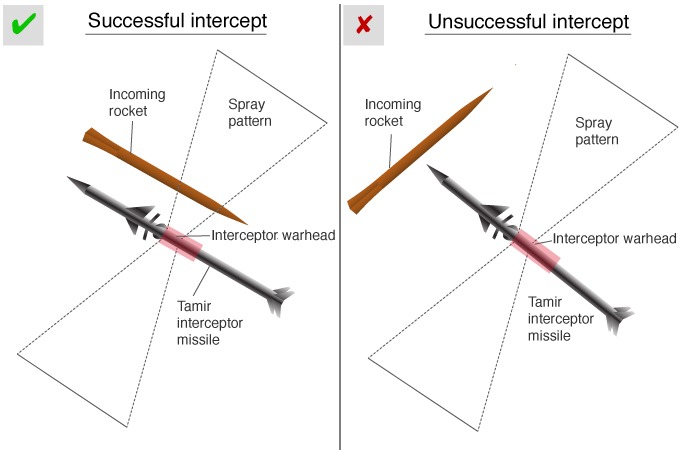
Tamir missiles have a 90% success rate in destroying incoming missiles but can sometimes fail to hit those enemy rockets that don’t come in contact with optical waves. Israel has made corrections to the missile by making advancements in their wings to chase down enemy missiles in case of a miss, as instructed by the ground radar. So now, our interceptor missile can intercept missiles from the front and sides, as well as chase them from behind too.
How much does it cost to run Iron Dome?
It is very expensive to operate, and one missile of the Iron dome costs around Rs. 30 lacs (Approx 36,294 USD). And it is shot in groups of two so that even if one misses the target, the other one can destroy it so that people don’t get injured in any case. Two advanced Israeli interceptor missiles cost 60 lacs (72,588 USD) to counter a single Hamas Qassam rocket, which costs only 3 lacs (3,628 USD). Despite having its own financial means, Israel still sometimes faces an economic challenge in dealing with Hamas, whose legal funding is limited.
That’s why, Israel is working on Iron Beam, a laser-based missile defense system that uses electricity instead of costly management, and is expected to launch soon.
If an Iron Dome is attacked by multiple rockets, it signals other Iron Domes to send their interceptor missiles. However, if the enemy rockets outnumber the interceptors, some rockets may not be stopped and fall in protected areas.
Here is a list of interceptor missiles used by Israel other than Tamir missiles, according to their range.
The iron dome can launch an attack from up to 70 kilometers (43.49 Miles) away.
For the 20 km (12.43 Miles) range, Spider SR (short-range) missiles are used.
For the 50 km (31.07 Miles) range, Spider MR (medium-range) missiles are used.
David’s Sling Air Defense System is used for a range of 160 km (99.42 Miles), but it is static in one place and can’t be moved like the Iron Dome.
Israel’s Iron Dome air defense system provides multiple layers of protection against potential attacks. Israel avoids conflict with Iran because its Iron Dome defense system is incapable of effectively countering Iran’s large and sophisticated missiles.
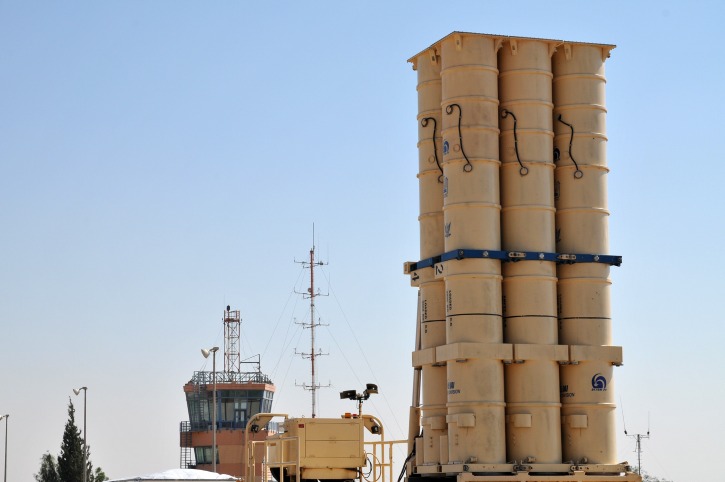
Israel uses Arrow missiles to defend against big ballistic missiles. With a range of 100–150 km (62.14-93.20 Miles), Arrow missiles are the best defense against large missiles. Now many people will think that David’s Sling has more range than Arrow missiles, but it is not capable of destroying big missiles.
Why did India choose not to buy Iron Dome?
I was wondering that “Does India have Iron Dome?”, so, I asked my best friend google about it. The answer is no. See, Israel offered India its Iron Dome defense system, which India politely declined as it was designed for small-scale attacks and India’s enemies (e.g., China, Pakistan) posed a much greater threat. Russia, the United States, and Israel are well-known for their air defense technology. India chose Russia’s S400 system over Israel’s Iron Dome due to certain circumstances.
Iron Dome vs. S400
India invested $5 billion in the S400 Russian air defense system, making it the ideal choice for its expansive land area. The S400 is more advanced than the Iron Dome, as it is capable to defend against long-range enemy weapons.
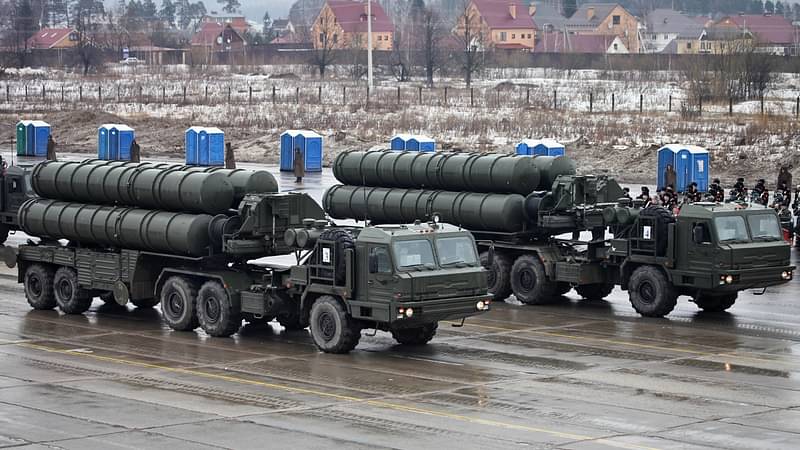
Israel’s Iron Dome is a perfect fit for its small area; however, India, with its larger land mass, requires something bigger. The S400 is India’s ultimate defense. Its powerful shield safeguards against rockets, missiles, cruise missiles, and even ICBMs (Intercontinental ballistic missiles). With a range of 300–400 km, it’s far superior to the Iron Dome’s range of 70 km, making it perfect for India. The Iron Dome is the ideal defense system for cities like New Delhi, India’s capital, offering protection from small-scale threats.
Share your thoughts on India’s decision to go with the Iron Dome or the S400. Should India opt for one over the other? Let us know in the comments. See you in the next article!
Want to know some secrets about the Parallel universe? Click here and explore some amazing stories related to the Parallel Universe.

